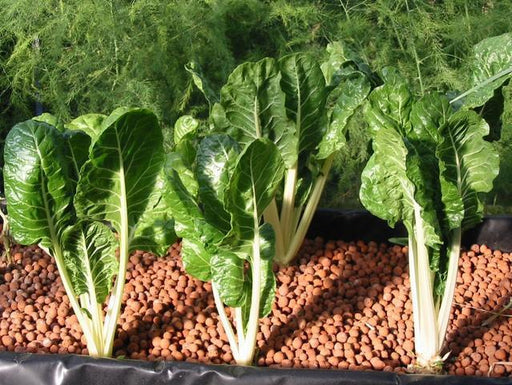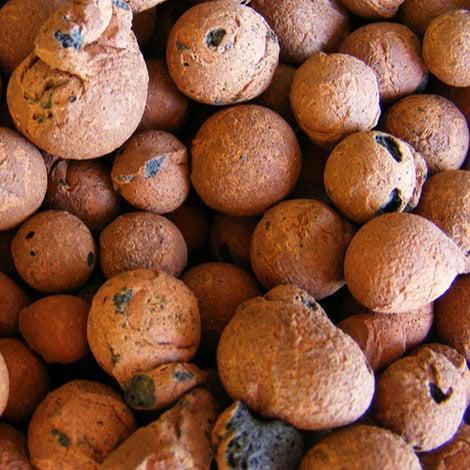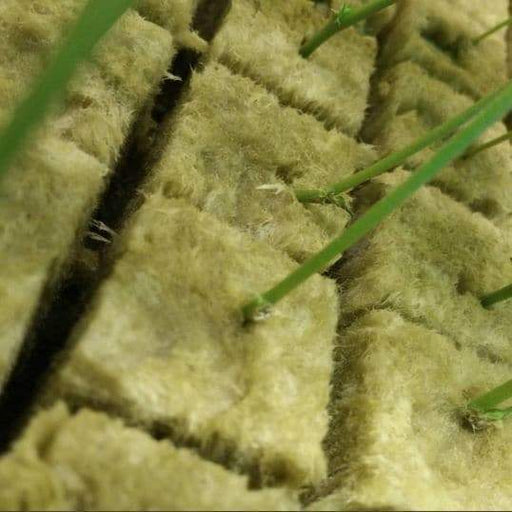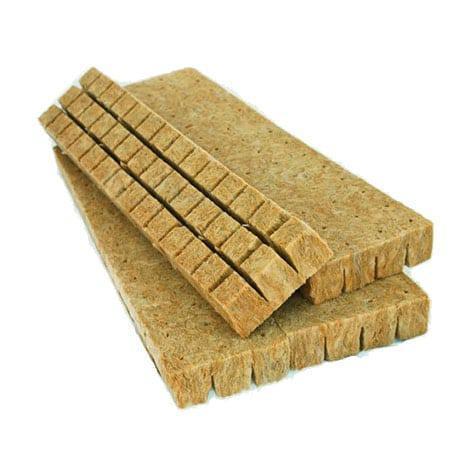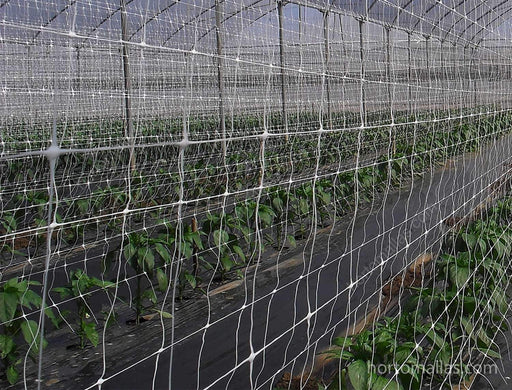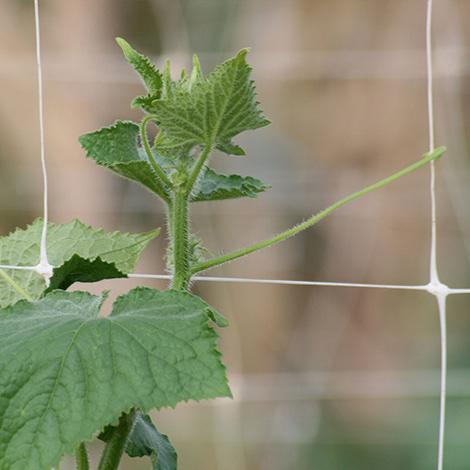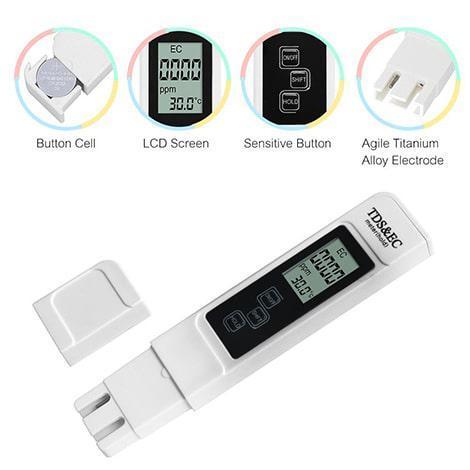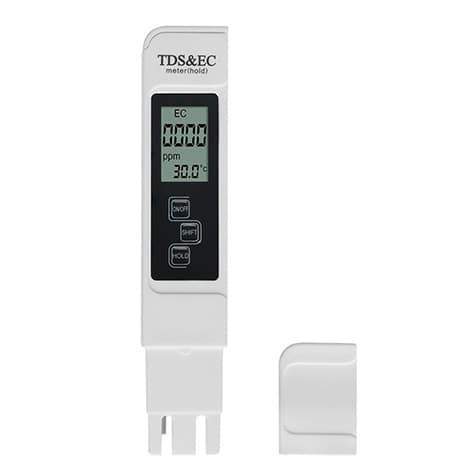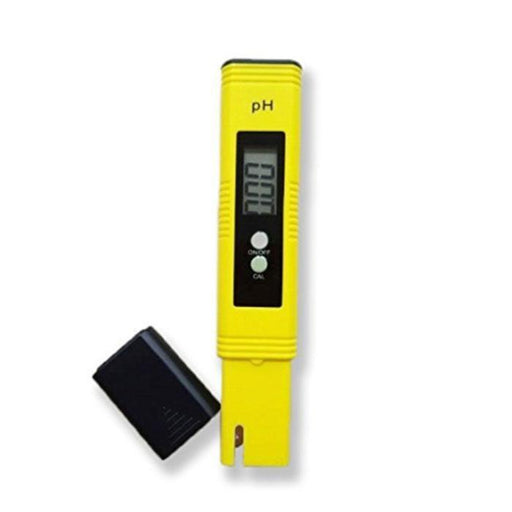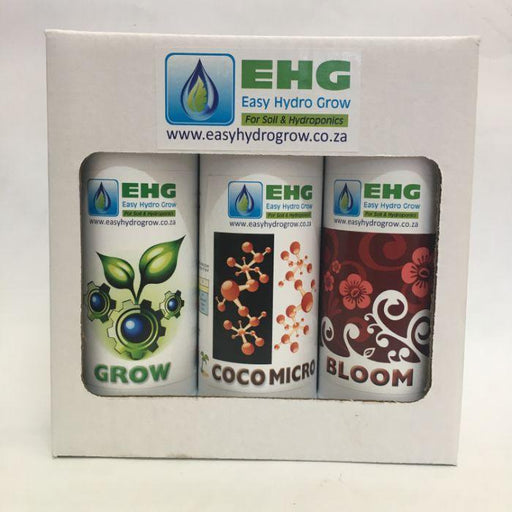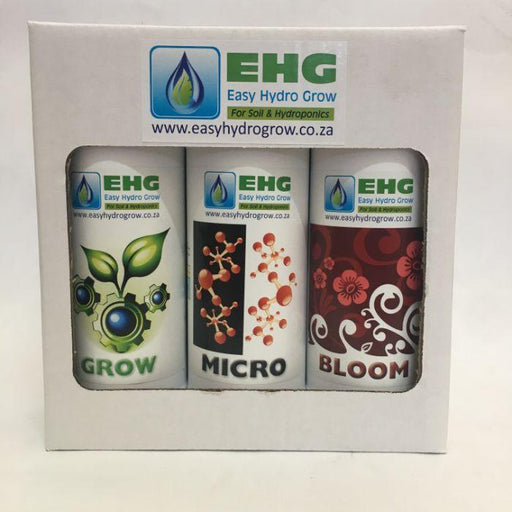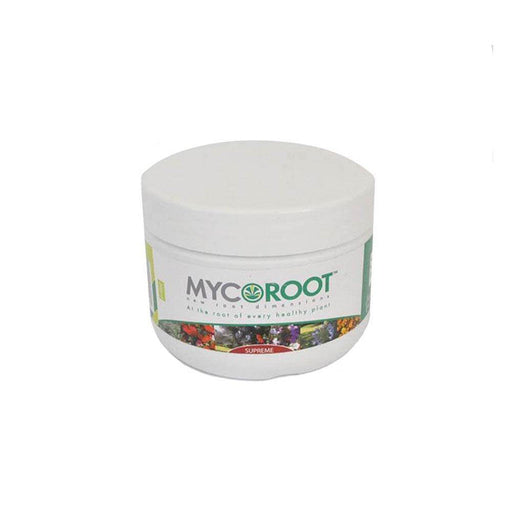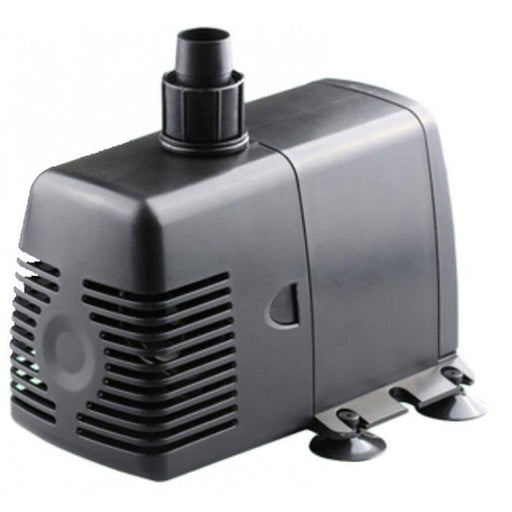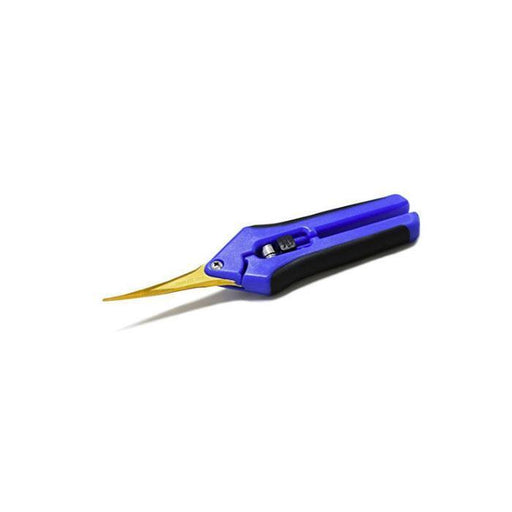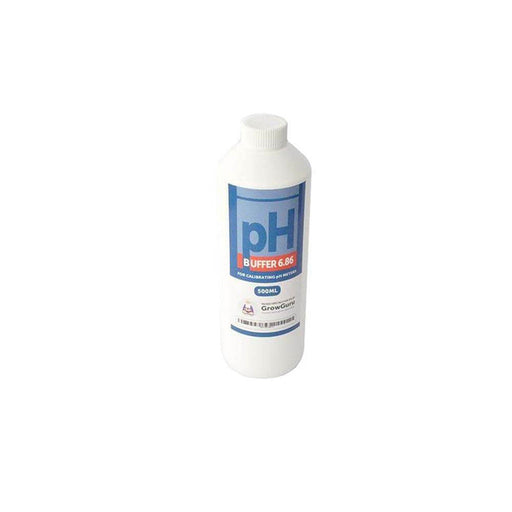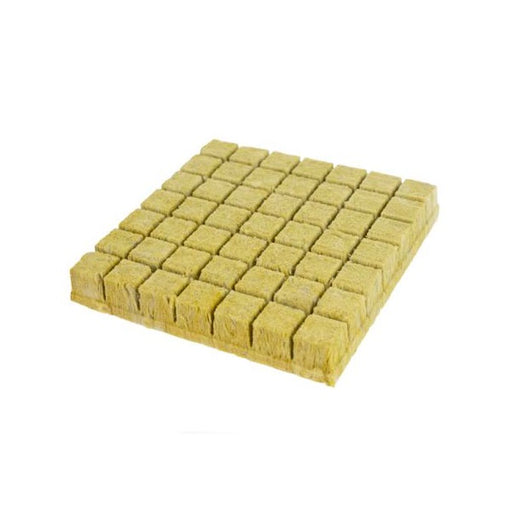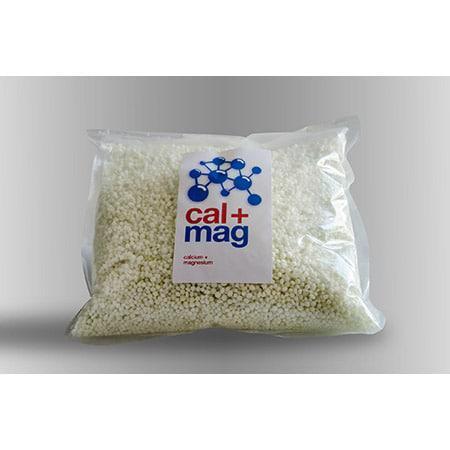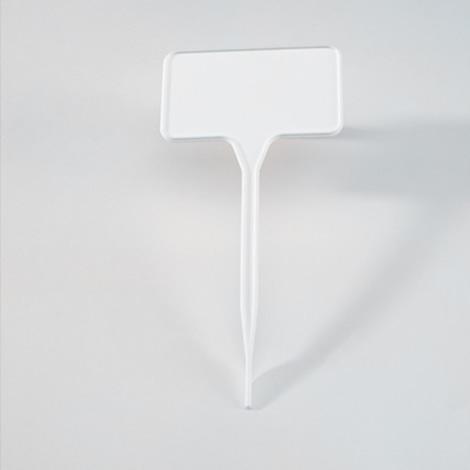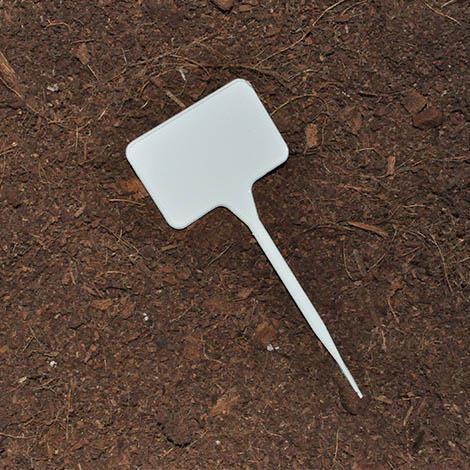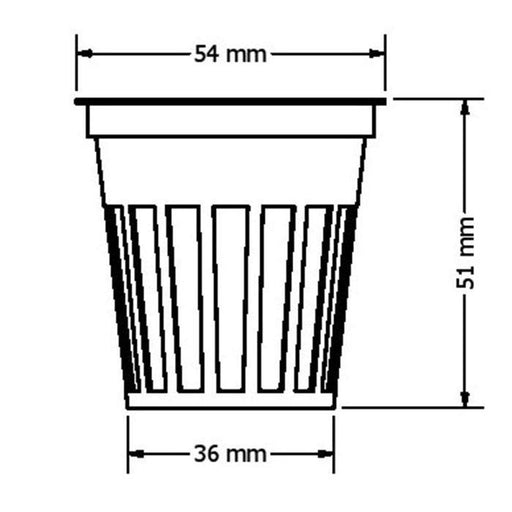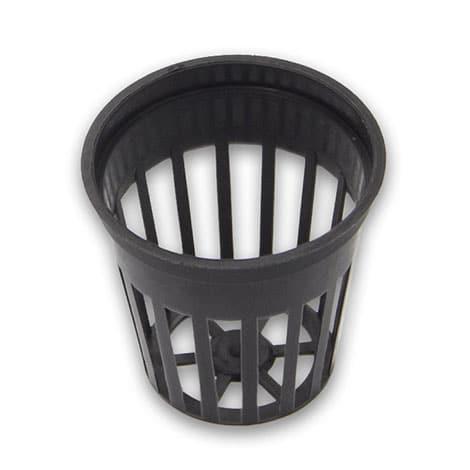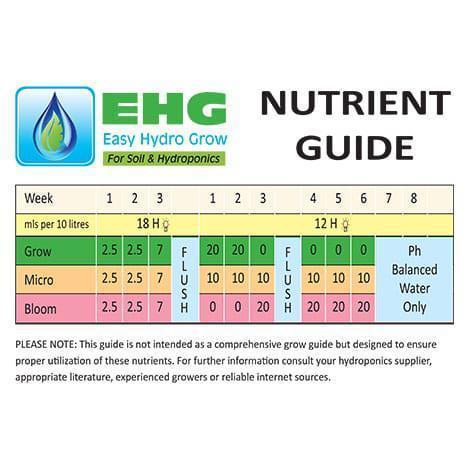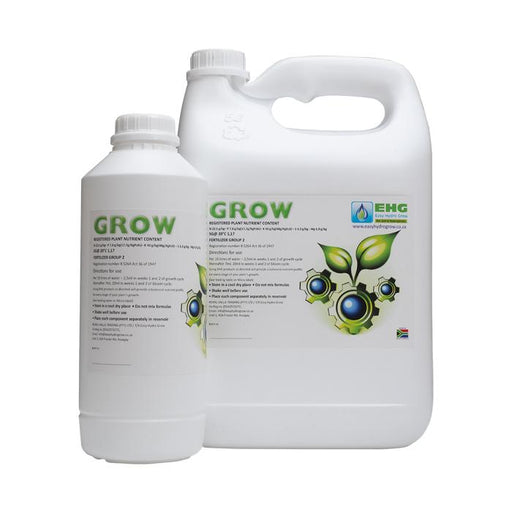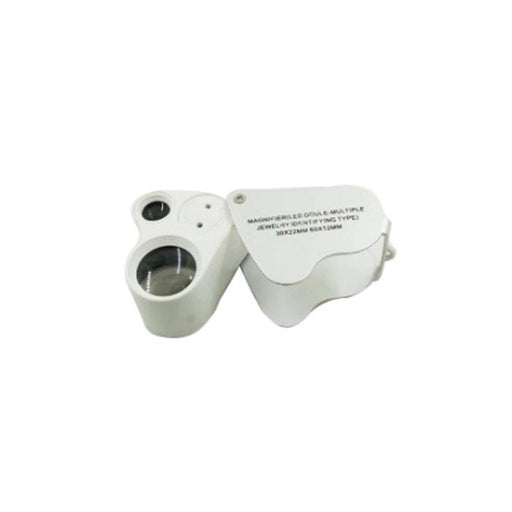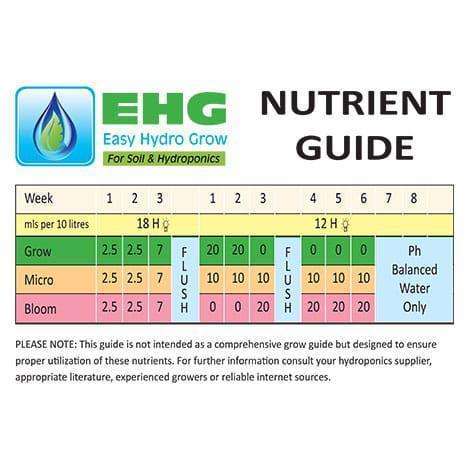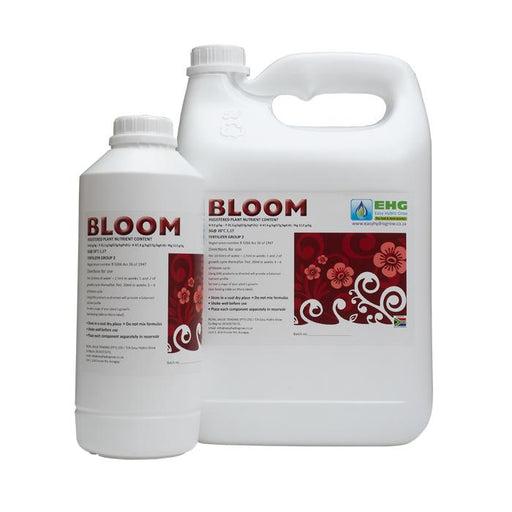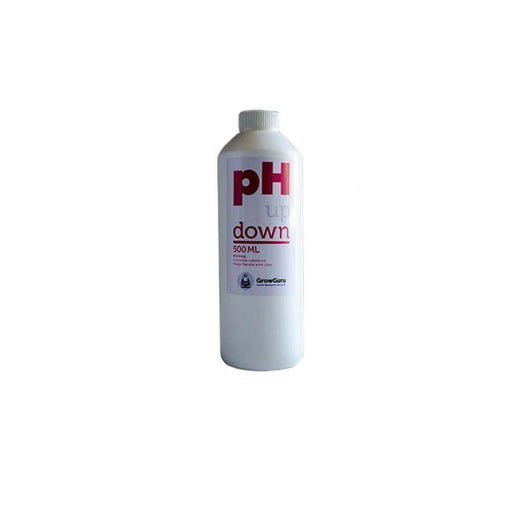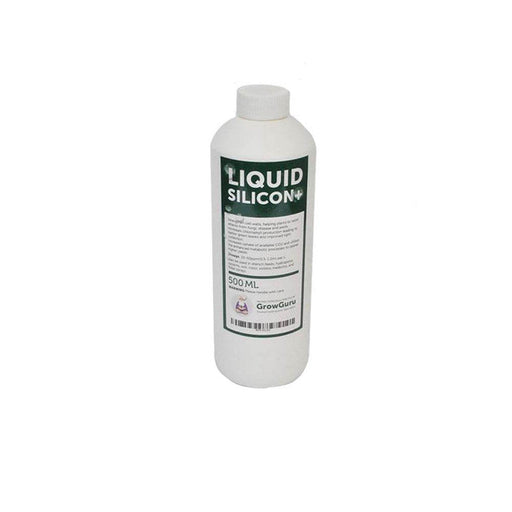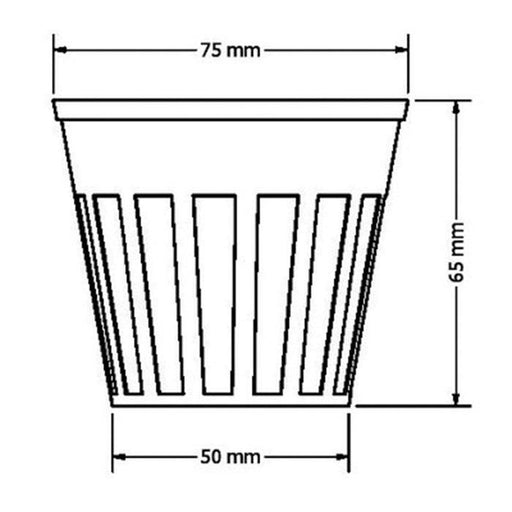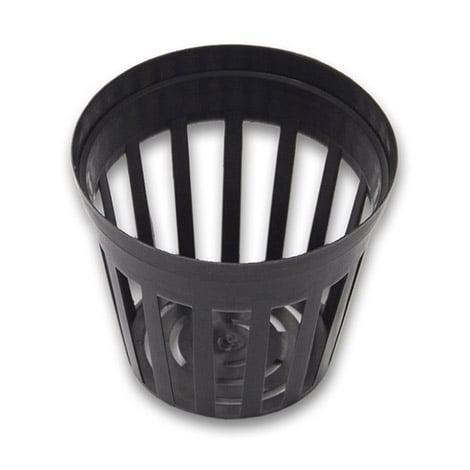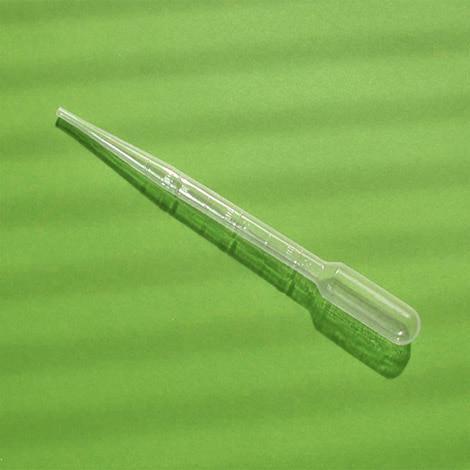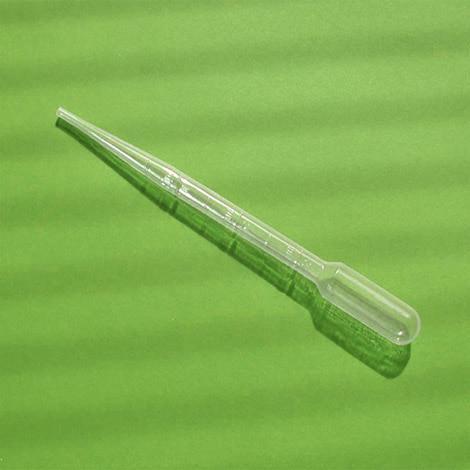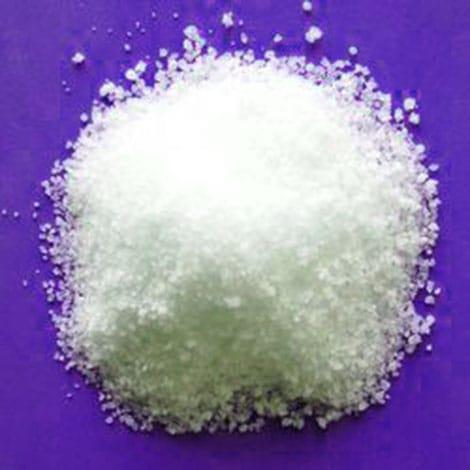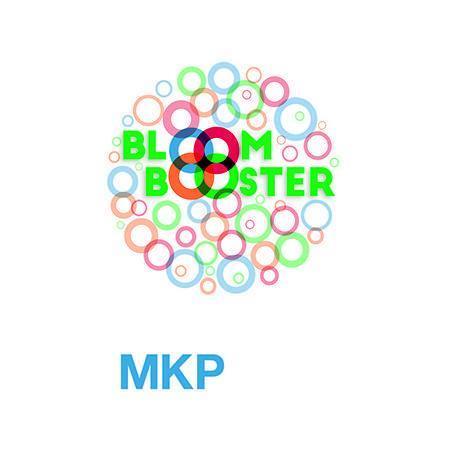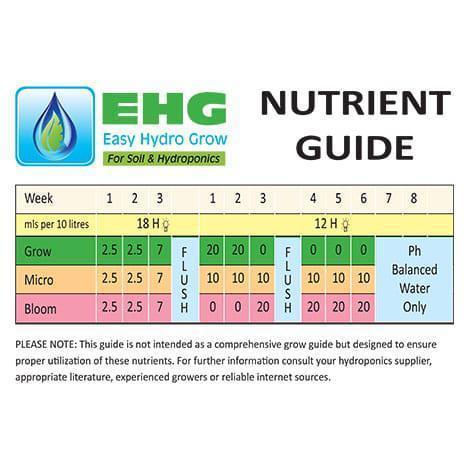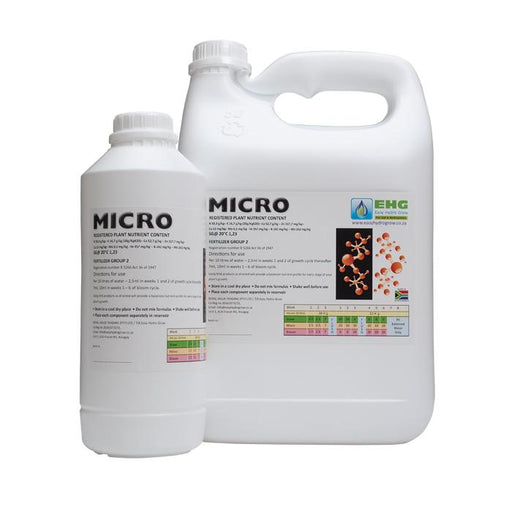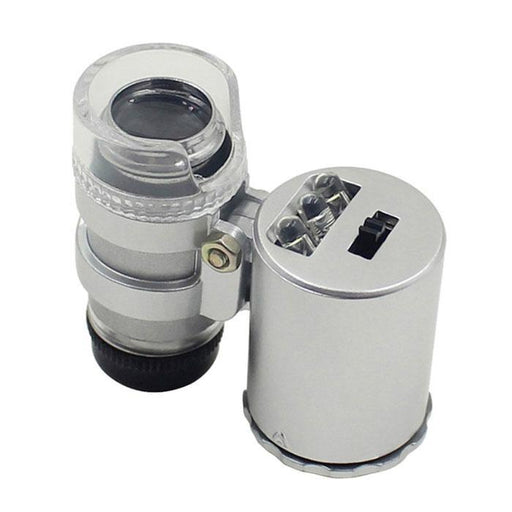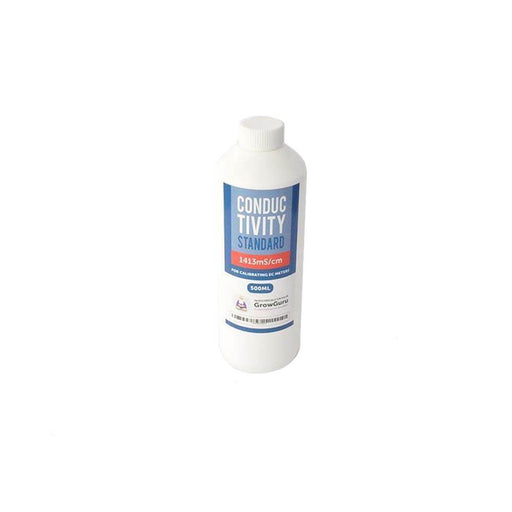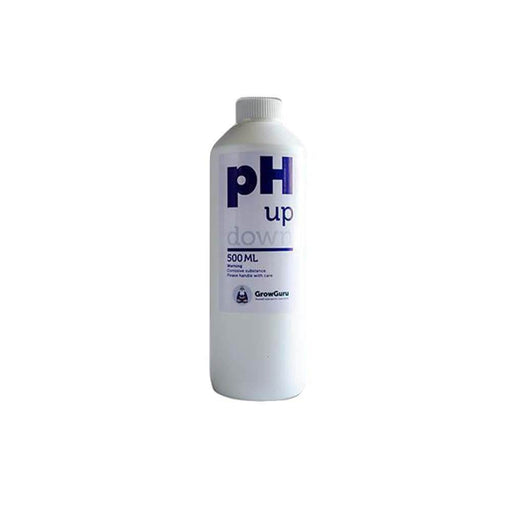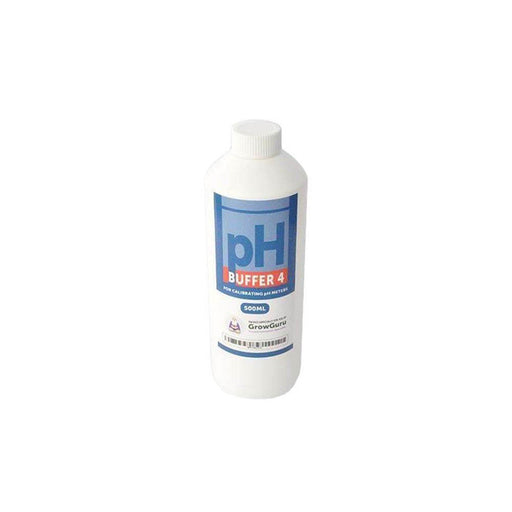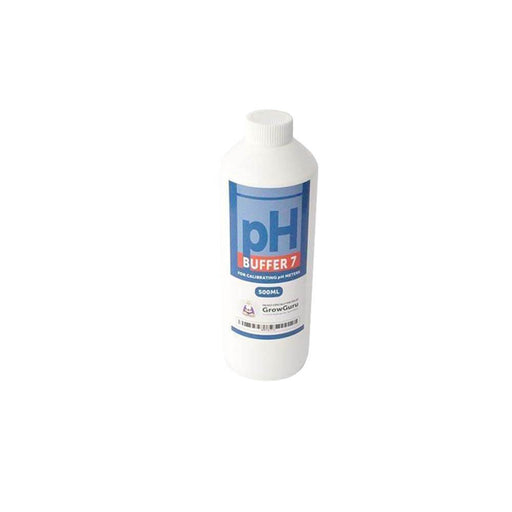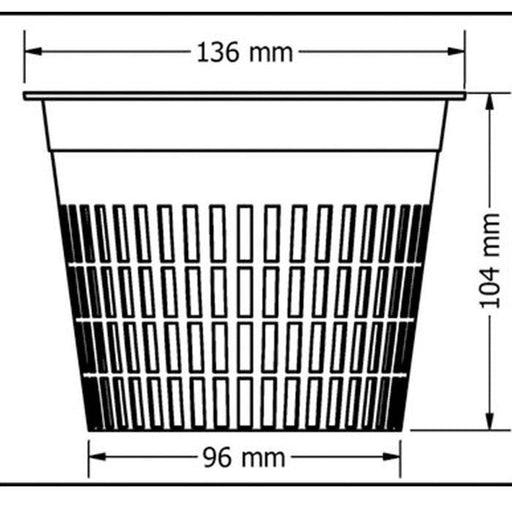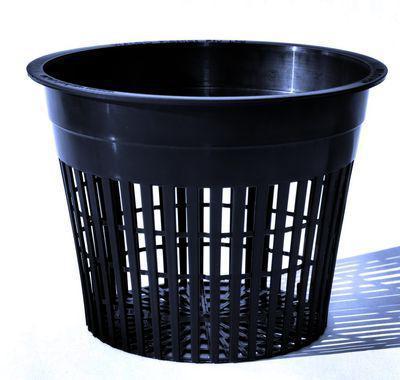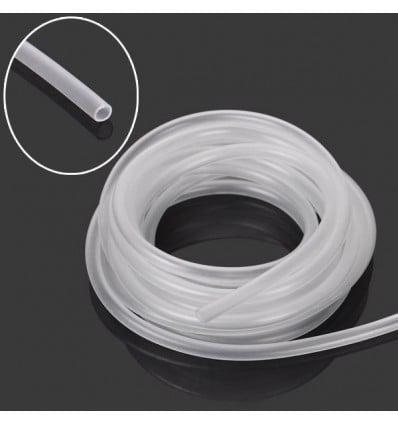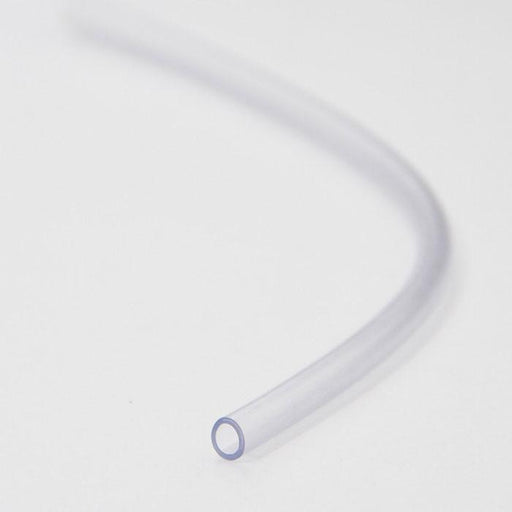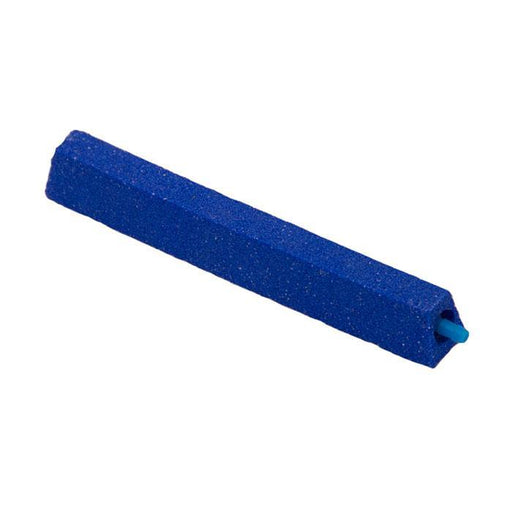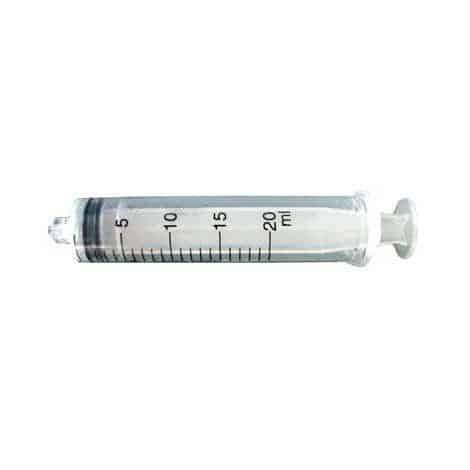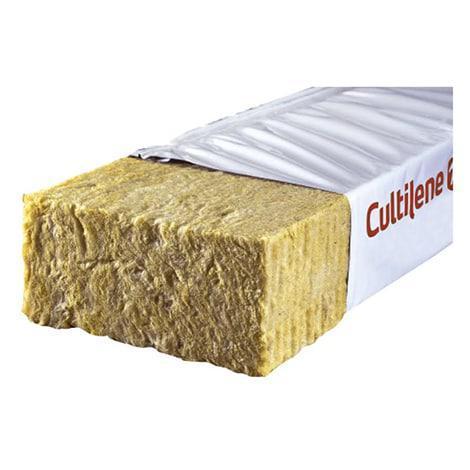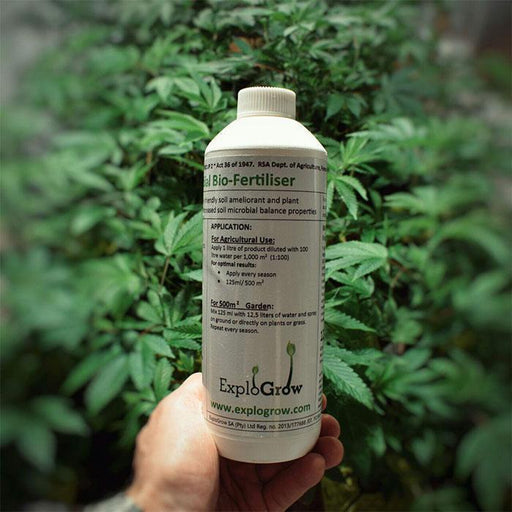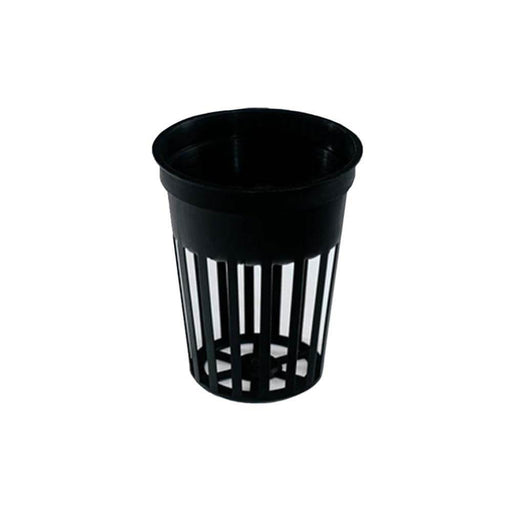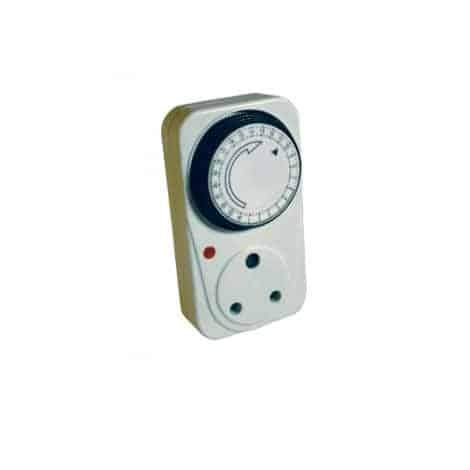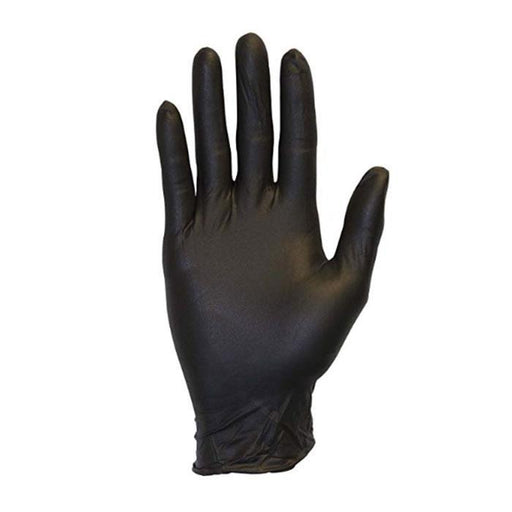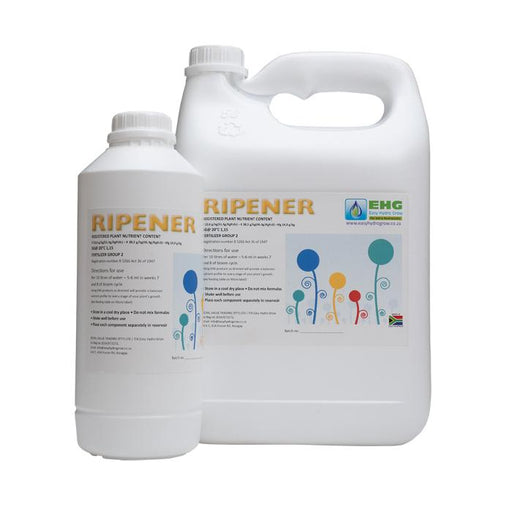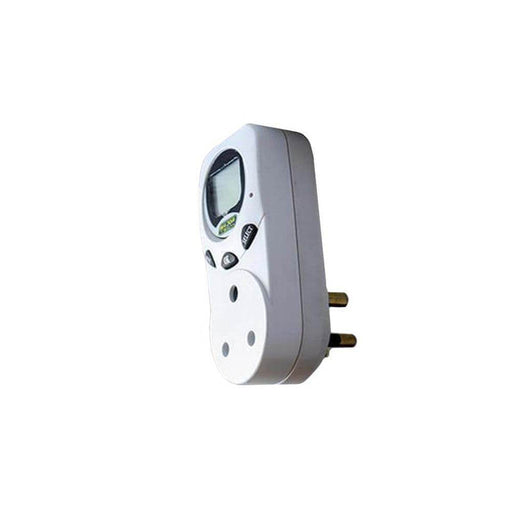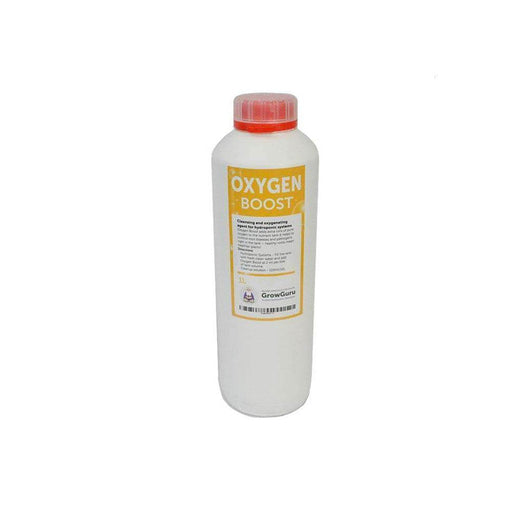Hydroponics
- Automatic water circulation
- LED lighting.
- Tomatoes
- cherry
- peppers
- The best home hydroponic system allows users to grow herbs and vegetables all around the year.
- A quality hydroponic grow system gives notifications that tell users when to add water and nutrients.
- Indoor plants do not necessitate the use of a sunny window.
- It may produce fresh herbs such as thyme, parsley, and rosemary.
Filters
- Additives (3)
- Air Pumps (13)
- Automation (2)
- Calibration Solutions (11)
- Environment Management (1)
- Grow Medium (15)
- Harvest (1)
- Hydroponic Components (93)
- Hydroponic Starter Kits (1)
- Hydroponic Systems (10)
- Irrigation (5)
- Nutrients (50)
- Pesticides & IPM (1)
- Pots & Trays (15)
- Propagation (3)
- Tools, Accessories & other (9)
- Water Filters (1)
- Water Monitors (25)
- Water Pumps (1)
- AC Infinity (1)
- Aqua Master Tools (17)
- Atami (12)
- Athena (1)
- Autopot (69)
- Biodyne (1)
- Blumat (5)
- BubbleGen (1)
- Canna (4)
- Dophin (2)
- EHG (6)
- Essentials (1)
- Essentials Lab (6)
- ExploGrow (1)
- FloraFlex (6)
- Freedom Farms (1)
- Garland (12)
- Gold Label (6)
- Grech (1)
- Grodan (4)
- Grotek (6)
- GrowGuru (60)
- Hailia (1)
- Irrigatia (3)
- Major Tech (2)
- Mycoroot (1)
- NutriGold (6)
- PlantIt (4)
- Regent (1)
- Starke Ayres (3)
- Terra Aquatica (17)
- Vitalink (1)
- Yuting (1)
Expanded Clay Pebbles
GrowGuru4.94 / 5.0
34 Reviews
The best hydroponic growth medium for both novice and expert gardeners is expanded clay pebbles. Our expanded clay pebbles, also known as LECA or H...
View full detailsRockwool Starter Plug
Grodan4.94 / 5.0
16 Reviews
Stonewool/Rockwool is recognised the world over as the ideal hydroponics growing substrate. Rockwool is known for it’s quality, consistency and per...
View full detailsScrog Net - Screen of Green
GrowGuru4.82 / 5.0
22 Reviews
Horticultural Netting, commonly known as SCROG (Screen of Green) netting, is a durable and rigid product made out of polypropylene, specifically de...
View full detailsBasic TDS / PPM / EC Digital Water Meter
GrowGuru4.78 / 5.0
36 Reviews
The Basic TDS/PPM/EC Digital Water Meter is a must-have tool for measuring your water's total dissolved solids (TDS), parts per million (PPM), and ...
View full detailsBasic pH Meter
GrowGuru4.77 / 5.0
26 Reviews
Home gardeners that need precise measurements of the pH of their fertilizer solutions will find the Basic pH Meter an indispensable tool. The avail...
View full detailsEHG Tripak Nutrient Combo
EHG4.92 / 5.0
12 Reviews
EHG Tripak Nutrient Combo is the perfect starter combo to get you growing. EHG Tripak is a 3 part 500ml combo making it a convenient kit. Having 3 ...
View full detailsMycoroot Supreme
Mycoroot5.0 / 5.0
18 Reviews
Premium Mycorrhizal, Mycoroot, is the home of the organic mycorrhizal fungus. Mycoroot Supreme is an organic microbial fertilizer that will help en...
View full detailsGrech Submersible Water Pump
Grech4.89 / 5.0
9 Reviews
The Grech pump is fully submersible and uses a pre-filter with a filter sponge that filters your water as it is circulating and can also oxygenate ...
View full detailsPrecision Pruning Scissors
GrowGuru4.86 / 5.0
28 Reviews
Prune, snip ,trim & cut your plants with these nifty Precision Pruning Scissors. Comfortable spring back action prevents cramping hands while t...
View full detailsStandard 5cm Net Pots - 100 Pack
GrowGuru5.0 / 5.0
1 Review
pH Calibration Solution - 6.86
GrowGuru4.86 / 5.0
14 Reviews
Top-quality pH Calibration Solution - 6.86, the ultimate solution for maintaining your pH meter's accuracy. Our calibration solution is manufactur...
View full detailsRockwool Starter Plugs - Sheet of 49
GrodanStonewool/Rockwool is recognised the world over as the ideal hydroponics growing substrate. Rockwool is known for it’s quality, consistency and per...
View full detailsCal - Mag - Calcium Magnesium Supplement
GrowGuru4.95 / 5.0
21 Reviews
Cal-Mag is a unique blend of calcium and magnesium, compensates for any deficiencies that may be present in your water, allowing your plants to gro...
View full detailsPlant Marker
GrowGuru5.0 / 5.0
2 Reviews
Plant Markers are perfect for labeling and keeping track of multiple plant varieties within your grow. Size – 16 x 7cm. Available in packs of 10 o...
View full details5cm Net Pot
GrowGuru4.83 / 5.0
12 Reviews
The 5cm Net Pot is a flexible pot that works well for DIY hydroponic setups and can hold a variety of growing media, making it great for plants wit...
View full detailsEHG Grow
EHG5.0 / 5.0
8 Reviews
EHG (Easy Hydro Grow) 3 part series (Grow, Micro and Bloom) provides the perfect nutrient combination for every stage of your plants’ development. ...
View full detailsMicroscope Loupe 30x-60x
GrowGuru4.6 / 5.0
15 Reviews
Folding Microscope Loupe 30x-60x - Magnifier Perfect for identifying insect pests, species, or stages of development in certain plants. Made with a...
View full detailsEHG Bloom
EHG4.8 / 5.0
10 Reviews
EHG (Easy Hydro Grow) 3 part series (Grow, Micro and Bloom) provides the perfect nutrient combination for every stage of your plants’ development. ...
View full detailspH Down
GrowGuru4.8 / 5.0
25 Reviews
If you're a hydroponic gardener, you know that maintaining the proper pH balance in your nutrient solution is crucial for the health and growth of ...
View full details3ml Pipette - Pack of 50
GrowGuruFor every dedicated gardener or horticulturist, the 3ml Pipette is a must-have tool. This precise measurement device will guarantee that your plant...
View full detailsLiquid Silicon Plus +
GrowGuru5.0 / 5.0
10 Reviews
Liquid Silicon+ is a super nutrient which has everything you need in it to grow the healthiest and strongest plants possible. Liquid Silicon Plus+ ...
View full detailsGuru Mix Nutrient: A
GrowGuru4.8 / 5.0
15 Reviews
As part of a complete A & B type fertiliser set, let us introduce Guru Mix A Nutrient, the ideal companion for Fertilizer B. This potent combin...
View full details7.5cm Net Pot
GrowGuru5.0 / 5.0
19 Reviews
The 7.5cm Net Pot is a flexible pot that works well for DIY hydroponic setups and can hold a variety of growing media, making it great for plants w...
View full details3ml Pipette
GrowGuru5.0 / 5.0
9 Reviews
For every dedicated gardener or horticulturist, the 3ml Pipette is a must-have tool. This precise measurement device will guarantee that your plant...
View full detailsEssentials Lab pH Down
Essentials LabEssentials LAB pH down is an acid solution (30% phosphoric acid) which can be used in small, controlled doses to lower the pH (increase acidity) of...
View full detailsMKP - Bloom Booster
GrowGuru4.65 / 5.0
20 Reviews
Introducing the MKP Bloom Booster, the ideal complement to your A & B type fertilizer package when your plants are in the flowering stage. This...
View full detailsEHG Micro
EHG5.0 / 5.0
8 Reviews
EHG (Easy Hydro Grow) 3 part series (Grow, Micro and Bloom) provides the perfect nutrient combination for every stage of your plants’ development. ...
View full detailsMicroscope 60x
GrowGuru4.73 / 5.0
15 Reviews
Portable mini Microscope 60x great for use checking your plants preventatively for bugs or trichome production inspection toward harvest. LED illum...
View full detailsEC Calibration Solution - 1413 mS
GrowGuru4.75 / 5.0
8 Reviews
The EC Calibration Solution is a must-have for hydroponic gardeners that want precise measurements of their nutrient solution. If you want precise ...
View full detailspH Up
GrowGuru4.71 / 5.0
17 Reviews
If you're a hydroponic gardener, you know that maintaining the proper pH balance in your nutrient solution is crucial for the health and growth of ...
View full detailsGuru Mix Nutrient: B
GrowGuru4.78 / 5.0
9 Reviews
The calcium nitrate component of the A & B type fertilizer set, Guru Mix B, is a crucial part of your routine for caring for plants. This high-...
View full detailspH Calibration Solution - 4
GrowGuru5.0 / 5.0
6 Reviews
Top-quality pH Calibration Solution - 4, the ultimate solution for maintaining your pH meter's accuracy. Our calibration solution is manufactured i...
View full detailspH Calibration Solution - 7
GrowGuru4.88 / 5.0
17 Reviews
Top-quality pH Calibration Solution - 7, the ultimate solution for maintaining your pH meter's accuracy. Our calibration solution is manufactured ...
View full details12.5cm Net Pot
GrowGuru5.0 / 5.0
5 Reviews
The 12.5cm Net Pot is a flexible pot that works well for DIY hydroponic setups and can hold a variety of growing media, making it great for plants ...
View full detailsAir Tubing
GrowGuru5.0 / 5.0
5 Reviews
6mm Air Tubing is the ideal upgrade for your hydroponic system or aquarium! To ensure that your plants and fish receive the best possible oxygenati...
View full detailsAir Stone
GrowGuruThe Air Stone is the pinnacle of hydroponic accessories, allowing you to achieve maximum plant development. The unusual porous rock-like form of ou...
View full detailsSyringe
GrowGuru5.0 / 5.0
6 Reviews
The perfect tool for measuring the perfect and balanced nutrient solution for your plants. It is made of strong, durable plastic, can be used multi...
View full detailsRockwool Slab
Grodan5.0 / 5.0
9 Reviews
Our Rockwool Slabs are 1000mm x 150mm x 75mm and come packed with possibilities. You can start your plant in a rockwool cube and transplant it onto...
View full detailsExploGrow
ExploGrow4.8 / 5.0
5 Reviews
ExploGrow is a liquid bio-fertiliser with powerful polymicrobial soil beneficial microbes. A revolutionary, 100% organic bio-fertiliser, comprising...
View full details5cm Net Pot - Deep
GrowGuru4.78 / 5.0
9 Reviews
The 5cm Net Pot is a flexible pot that works well for DIY hydroponic setups and can hold a variety of growing media, making it great for plants wit...
View full detailsEssentials Lab pH Up
Essentials Lab5.0 / 5.0
1 Review
Essentials LAB pH Up is a concentrated alkaline solution (50% potassium hydroxide) which can be used in small, controlled doses to raise the pH (de...
View full detailsAnalogue Timer
Major Tech5.0 / 5.0
8 Reviews
When it comes to keeping your household appliances and cultivation setup on schedule, the Analogue Timer is your best bet. The configurable timer g...
View full detailsNitrile Gloves - Black
GrowGuru5.0 / 5.0
6 Reviews
Nitrile Gloves in black are perfect for harvest time when your fingers can become sticky or simply use to keep your environment clean / sterile in ...
View full detailsEHG Ripener
EHG5.0 / 5.0
2 Reviews
EHG (Easy Hydro Grow) 3 part series (Grow, Micro and Bloom) provides the perfect nutrient combination for every stage of your plants’ development. ...
View full detailsDigital Timer
Major Tech5.0 / 5.0
6 Reviews
Digital Timer's will help you keep your Light's, Pump's, Air Conditioner or Dehumidifier on schedule in your grow environment and can be used on ma...
View full details7.5cm Net Pot - 100 Pack
GrowGuru5cm Net Pot - 7cm Deep - 100 Pack
GrowGuruOxygen Boost
GrowGuru5.0 / 5.0
6 Reviews
Use Oxygen Boost and get higher yields! Oxygen Boost increases the amount of available oxygen in the root zone leading to increased nutrient uptake...
View full details
